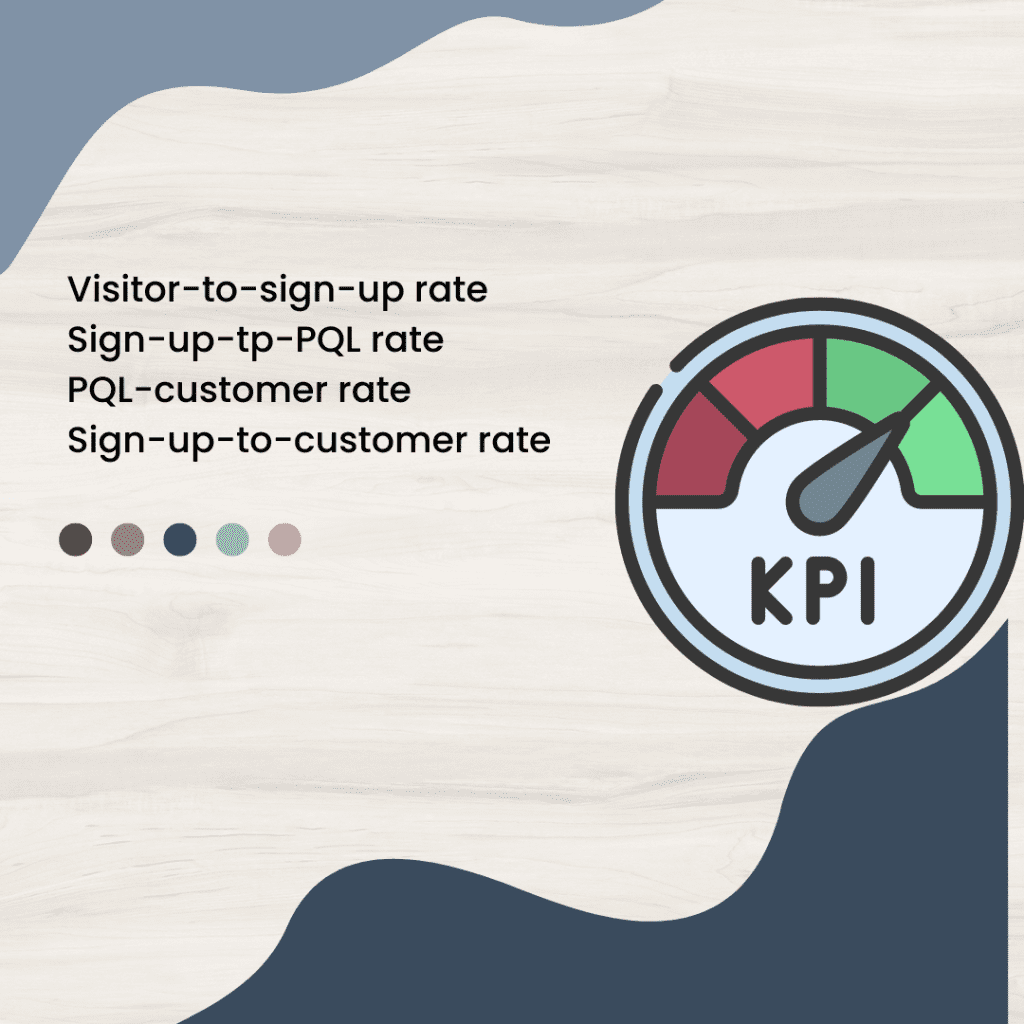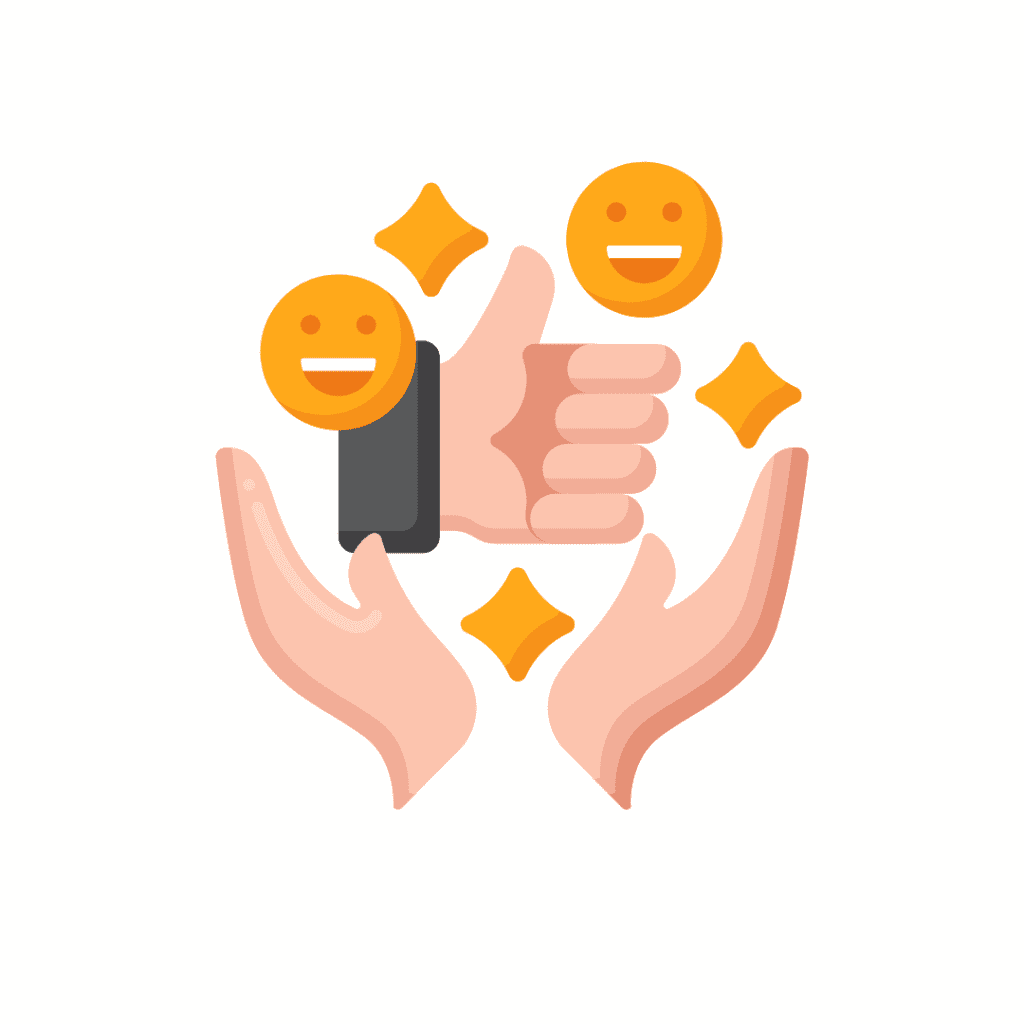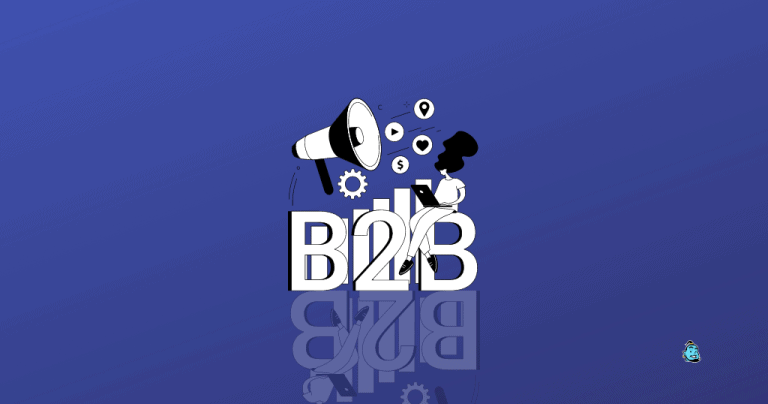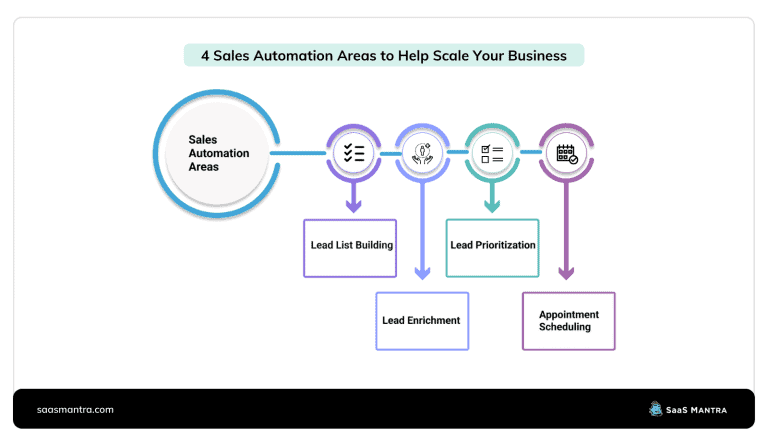10 Amazing Lifetime Deal Launch Checklist for SaaS Founders
A SaaS launch checklist is a great way to ensure that every aspect of your launch goes smoothly.
The goal is simple: create a plan and follow through on it.
If you don’t, you risk failing at one or more critical stages. This could mean missing out on new customers, or worse, losing existing ones.
SaaS Launch Checklist
Pre-launch
1. Start a business with a plan
Starting a new business requires careful consideration of the risks involved, especially if you don’t have previous experience.
If you’ve got some ideas about where you’d like to take your career, now is the perfect time to start developing a solid plan.
You need a solid business strategy to ensure that you start off on the right foot.
This means having a well-defined target audience, developing a compelling value proposition, creating a unique selling point, and choosing a profitable niche.
2. Validate business daily
When growing a business, marketing is always a key part.
That’s why you should ensure that your customers receive regular updates through emails and social media channels.
Therefore, they always stay connected and they get to hear from you regularly.
3. Conduct target market research
Keep learning about your target audience because they are always evolving and so should your products.

If you are just starting out, put a survey with several questions to find out the biggest pain point.
Apart from doing a survey or asking for feedback, be sure to talk to your potential customers directly.
The more you interact with your customers, the better your product/service will be understood by them.
4. Gather feedback and innovate
Customer experience management (CEM) encompasses three key areas: gathering feedback, innovating, and delivering outstanding customer experiences.
1) The first step in CEM is understanding what customers really want. This involves identifying problems, pain points, or opportunities to gain insights into what customers want.
2) Innovate – Once you have gathered critical data, you then need to take action and implement new solutions.
Many organizations don’t realize that innovation is not something that happens overnight. Instead, it requires strategic thinking, experimentation, or iteration.
When these initiatives start to gain traction within the organization, they can become external ventures that generate revenue and create value.
The key to creating great innovations lies in gathering feedback from customers or other stakeholders.
This helps identify problems, opportunities, or new solutions.
5. Set product priorities and KPIs
Before you develop your product, think through how you will measure, analyze, or improve its performance.
It is important to prioritize product development, set goals for your business, or measure progress toward those goals.

Product prioritization and goal setting is a key part of running a successful business, whether you run a startup or large business.
There are four touch points that help you understand how your user base is progressing through the customer lifecycle:
🔹 Visitor-to-sign-up rate
The percentage of visitors who become prospects.
🔹 Sign-up-to-PQL rate
The percentage of leads who have experienced the ‘aha’ experience and have reached the activation stage.
🔹 PQL-customer rate
The proportion of Product Qualified Leads who’ve committed to buying the product.
🔹 Sign-up-to-customer rate
The percentage of users who have turned from free trial to paid version.
6. Create a minimum viable funnel
Creating a Minimum Viable Funnel (MVF) is a simple way to create a system that converts visitors into buyers.
It helps define each step of the sales process and shows you exactly where you should invest your time and resources.
To create a successful MVF, you must consider each stage carefully.
For example, if you sell a service or offer a free trial, you’ll want to ask yourself these questions: What happens after I sign up? How long does it take me to convert? Are my customers satisfied once they have signed up?
This funnel includes a webinar, follow-up emails, or landing pages.
7. Always deliver value
Onboarding new customers
Every SaaS business needs to have an automated user onboarding process.
Very few companies or individuals will dive into using your product without having a clear idea of what they are going to get out of it.

How do you onboard a new customer? How long does it take?
When starting out, some businesses struggle to get enough customers. The problem is that these companies don’t have a good system for onboarding new customers.
They often lack a clear plan for getting new leads and converting them into paying customers.
There are two main methods for onboarding new customers: email marketing and social media advertising.
Each method has its pros and cons. Email marketing allows you to communicate directly with potential customers without having to pay for ads.
On the other hand, social media campaigns allow you to reach large audiences at low costs.
Your customer onboarding process should include:
- Walkthroughs, tutorials, or product tours
- Welcoming emails
- Quick sign-ups
- An option to request a demo
There are various ways to onboarding your customers, and some of these include:
- Use checklists to help users reach the activation point faster.
- Make the learning path shorter by creating interactive product tours.
- Use customer feedback to improve your product.
8. Get traction
The marketing website
Marketing websites are powerful tools for reaching potential clients.
If you want to maximize your ROI (return on investment), then you should invest time and resources into creating a high-quality site. This guide provides some helpful suggestions on how to build a successful website.
Design a killer landing page
Landing pages are webpages designed to convert website visitors into leads or customers.

They usually appear at the top of a site’s navigation bar and contain information such as pricing, contact details, and other relevant information.
Landing pages play a critical role in marketing campaigns because they allow businesses to test various messages and strategies without investing too much time and resources.
Landing pages are incredibly important for businesses looking to build brand awareness and increase conversions.
Include CTA
Call-to-actions are links at the bottom of the page that takes visitors to another page or section of your site.
They prompt readers to perform certain tasks such as subscribe to a newsletter, download an eBook, sign up for a free trial, or purchase something from you.
The purpose of CTAs is to increase conversions
Start a blog
Blogging has become a powerful marketing tool for businesses who want to connect directly with customers.
Blogs are a great medium to reach out to potential customers and build relationships.
They also provide valuable SEO benefits because they contain unique and relevant content that attracts readers. Plus, they give you an opportunity to generate revenue from advertising
Other factors to consider during the launch:
#Release beta version
Beta testing allows you to identify issues early and fix them before going live.
It also gives you a chance to collect valuable data that can help you make improvements to your product.
It allows businesses to get customer feedback early, while also helping developers build features that aren’t even included in the final product.
If you want to save time and resources, consider releasing a beta version of your product or service during post launch.
This will give you the opportunity to gather feedback from real customers and fix problems before going live.
#Set a framework for feedback
You’re going to inevitably have some bugs and lack certain features when you launch your project.
The key is to create a framework for communication that encourages users to provide you with feedback, and helps you to easily collect, evaluate, and act upon it.
Post-launch
9. Set up analytics
Analytics tools are vital for startups because they allow them to measure real-world outcomes and track user behavior over time.
These metrics enable founders to identify areas for improvement and optimize their marketing strategy before launch.
In addition, analytics also allows you to track whether your marketing campaigns are working.
10. Rebrand if necessary
Branding is an important part of every company’s marketing strategy.
There are several reasons why you might want to rebrand. One reason is to attract more customers and increase sales.
And finally, you may even choose to rebrand because you want to create a stronger identity for your organization.
Whatever your motivation, a rebrand is an important step toward building a successful brand.
Wrapping up:
It is a tremendous challenge to develop a SaaS product, but if you follow the above-mentioned checklist you will eventually be able to launch a SaaS product that quickly gains traction.
Looking for tools to bring your content strategy to the next level? You can check out SaaS Lifetime Deals.



